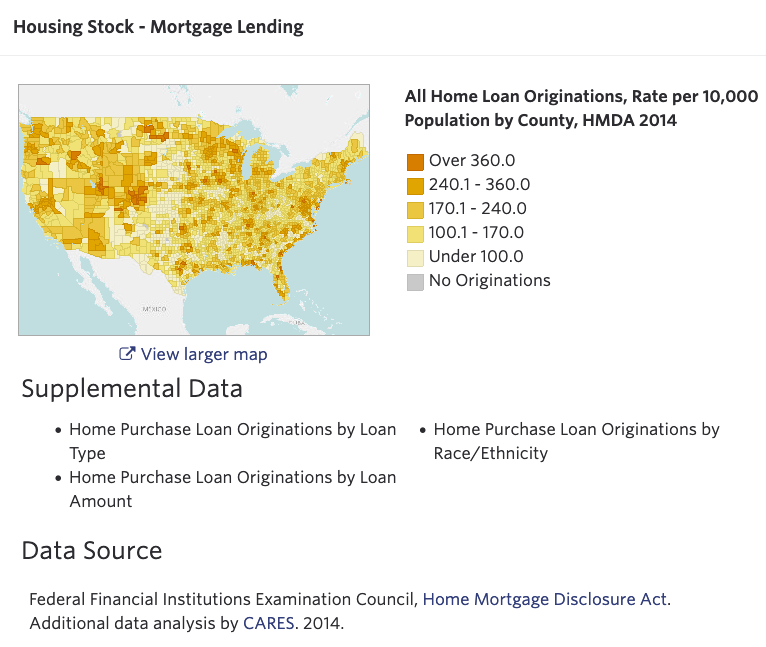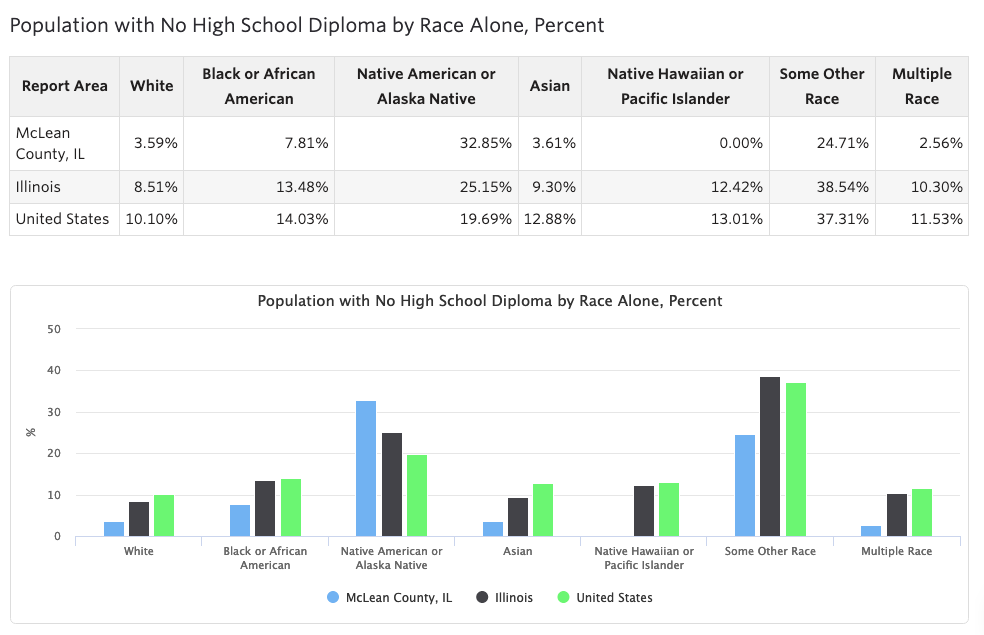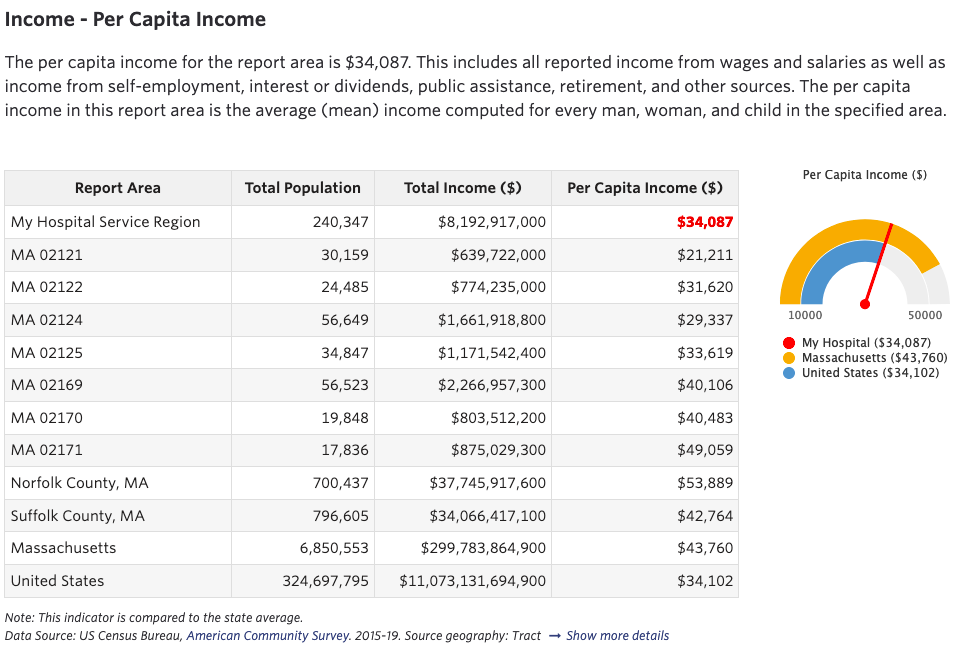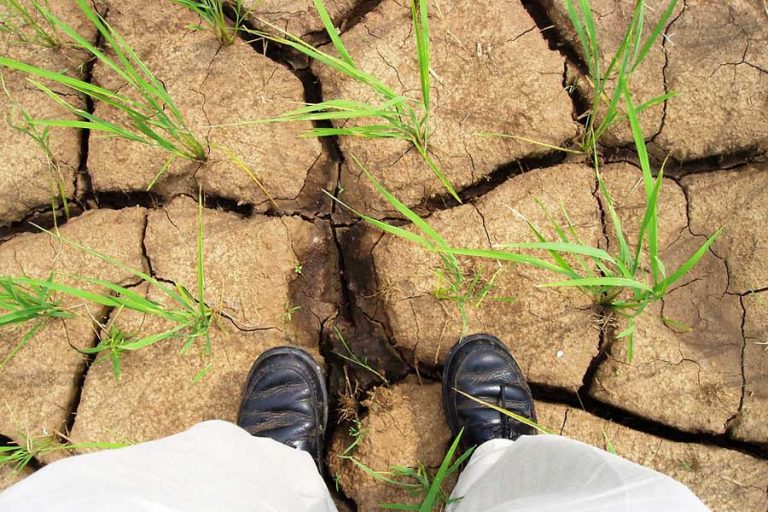Selecting Data for a CHNA: Five Best Practices
Community Health Needs Assessments (CHNAs) have evolved in many ways over the last ten years. New data, new social determinants, new frameworks, and new requirements – these factors and more have caused tremendous change in the processes used to build and evaluate health assessments.
Here are 5 best practices we’ve learned along the way when it comes to selecting data for your CHNA:
1. Be aware of data recency and release cycles and limit the use of untimely data.
Use data that are updated and released regularly. Good examples of regularly updated data include indicators like the % of population living in poverty, unemployment rates, and health insurance status. These data are published on predictable cycles and do not leave long gaps between releases. Examples of data to use with consideration include transit availability, indices like the modified food retail environment, and FBI-reported crime rates. These data are released less predictably and/or updated less frequently. Including them in your CHNA is still appropriate but showing impact or trends over time will be more challenging.


–> Stay on top of data updates and release cycles – use the SparkMap What’s New feed to stay in-the-know.
2. Select a core set of indicators that have trends for the last 5-10 years.
By selecting indicators that are released regularly and frequently, you are also building a core set of indicators that have trends – after all, consistent collection and release cycles are central to producing valid and measurable trends. These trends will help to see whether your services, interventions, and strategies are having an impact on health outcomes in your service area. For example, access to primary care is collected annually and comparable over time. Primary care doctor recruitment and retention strategies can be visualized within the data and evaluated with greater accuracy.

Trend graph showing the growth and decline of recreation facilities in McLean County, IL
3. Prioritize indicators that are broken out by race, ethnicity, gender, and age.
In a perfect world, all indicators would provide demographic breakouts and allow you to easily filter data by characteristics like race, ethnicity, gender, age, and socioeconomic status. Unfortunately, demographic breakouts are not ubiquitous across common CHNA indicators and addressing issues related to equity is more difficult without them.

Table and chart showing Population with No High School Diploma disaggregated by race
4. Use locally sourced data, if and where available.
For example, data like the number of licensed childcare facilities or prevalence rates for STI’s are indicators that are often available via state or county departments of health. Crime rates, transit availability, and point-in-time homeless counts are also examples of data that can often be sourced locally and be more representative of local conditions.
–> SparkMap Premium Subscriptions provide an Export to Word option. This features makes pulling together local data and secondary data into one assessment quicker and easier.
5. Match your data geography to your service area geography, where possible.
While county level data is great, many hospitals and health service regions don’t serve an entire county, or they serve a county plus a nearby metropolitan area. Using only county-level data means that you’re missing part of the picture and you may not be able to suss out issues related to equity that are hidden at a larger geography. Luckily, more and more indicators are becoming available at the zip code, census tract, and city-levels. Using these finer geographies to drill down into the data can facilitate more meaningful prioritization, more targeted strategies, and greater health impacts.

Table displaying ZIP code-level data for a custom area in Massachusetts.
–> SparkMap Premium (1-Year) Subscriptions give you the flexibility to create your own service area and build a custom assessment that includes both county-level and zip-level data.
Overall, picking the right indicators is central to any health needs assessment process. Secondary data drives prioritization, strategy development, and how you view your impact. What are your best practices for selecting health assessment indicators? Let us know on Facebook and Twitter!







